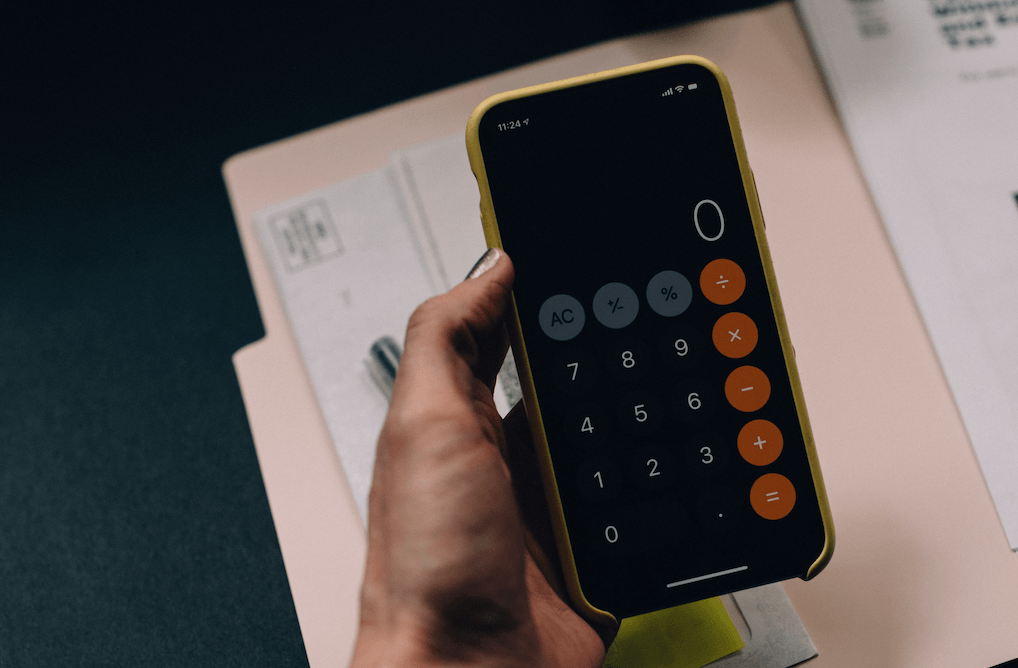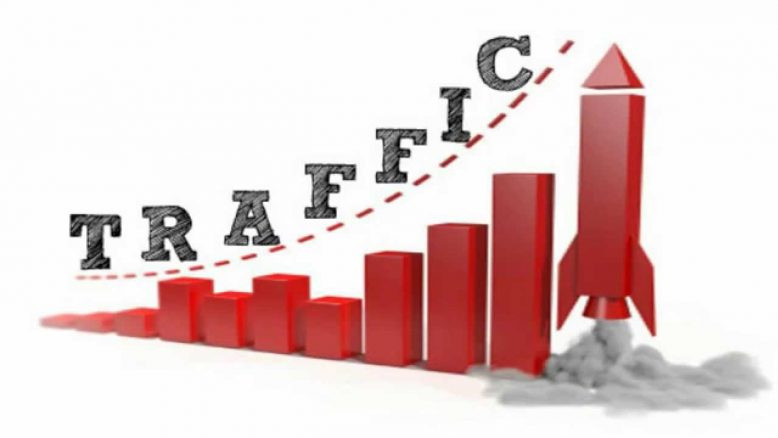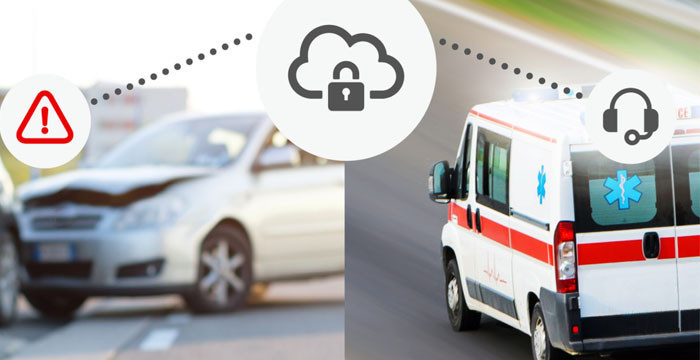One glance at your electric bill can make you want to turn away. But understanding what those cryptic numbers and charges mean will help you lower your energy bills.
Your energy bill contains two main sections – Delivery Charges and Supply Charges. The first is the nitty-gritty of getting power to your home or business.
Look at Your Meter
When reading your bill, the first thing to do is look at your meter. This is the easiest way to see how much electricity you've used. Electricity is billed in kilowatt-hours, meaning each number on the dial represents the energy used. If you're reading your meter manually, note the current numbers on the display and subtract the previous number to find out how many kWh were consumed in that period (note: most meters only reset when they are read, so your last meter reading will not necessarily match up with this month's usage).
The meter section of your bill should include a table that lists the prior and current meter readings and the dates on which each was taken. It should also show your rate, which is the price per unit of energy. Some bills will also have a tariff comparison rate to compare your consumption with that of a typical customer on your provider's plan.
Your meter should have a chart showing your energy use by the day, which makes it easier to understand why you might be paying more or less than other customers. It should also list the meter serial number and provide a breakdown of charges, including delivery and supply. You should also be able to identify your contact details and a reminder that you are entitled to switch providers.
Compare Rates

When reading your bill, it's important to understand what you are paying for. You will see various charges listed on your home energy bill each month. Understanding these charges will help you manage your costs, and you may find opportunities to save energy. For instance, if your utility company has a time-of-use rate system that charges higher prices for electricity during peak times of the day (e.g., weekends), you can lower your home energy costs by shifting some of your equipment use to non-peak hours.
The first section on your home energy bill will list your total bill. This includes delivery charges from your local utility and the cost of power from your retail electric supplier. The cost of power from the best electric company in Dallas is calculated by taking the consumed kilowatt-hours (kWh) and multiplying them by your plan's electricity rate. This portion of your bill is where you can save money by choosing a different energy plan with a low electricity rate.
You can also save money by switching to renewable energy. By supporting renewable energy sources, you can help reduce the demand for fossil fuels and the associated price increases. And, if you're in a deregulated area, choosing a competitive energy provider can often lock in rates that will stay relatively high throughout the year.
Review Your Payment History
The energy charges on your bill can add up, and if you need help understanding them, you could be missing out on potential savings. You might need clarification about the difference between kW and kWh or wonder how your consumption impacts electricity costs. Or, you might need more support with your current utility rates. Either way, it's important to understand your electric bill so you can take steps to reduce your energy costs.
Your meter reading is the first item on your bill, calculated in kilowatt-hours (kWh) units. This number determines how much electricity you've consumed since the last meter reading. You'll also see the price of electricity you're paying, which is set by NYSEG or Central Hudson and can fluctuate monthly depending on your supplier. You might also have to pay a transmission rate that's charged for the cost of delivering electricity over high-voltage lines from power-generating stations to your home or business.
Most retail energy providers also provide a breakdown of your usage over six months to a year. This gives you a clear picture of your electricity consumption and can help you spot seasonal fluctuations in your usage. It can also be useful for helping you make smarter decisions about your energy usage by showing you how you can use less energy at home or work.
Look for Mistakes
When someone receives a startlingly high electricity bill, it's easy to assume that something is wrong with their house or that they are being overcharged. But they should first look at the bill to see what exactly went up in price.
The biggest thing that can go up on an electricity bill is the home energy charge, which is listed as kilowatt-hours (kWh) on your bill. This is the portion of your electricity bill you control, and you can cut this charge by reducing your usage.
Another big item to watch out for is a discrepancy between your bill's beginning and ending reading. One way to check this is to count the number of digits on the beginning and ending readings. If there is a large discrepancy, the supplier should be called and asked to reread the meter.
Finally, a big item to look out for is any gaps in the billing period or overlap of dates on the bill. These are often signs that there's an error somewhere on the bill and should be taken care of immediately. Getting an unexpectedly high electric bill is never good, but knowing how to read your electricity bill can help you understand what is going on and save money.
Post Comment
Be the first to post comment!



